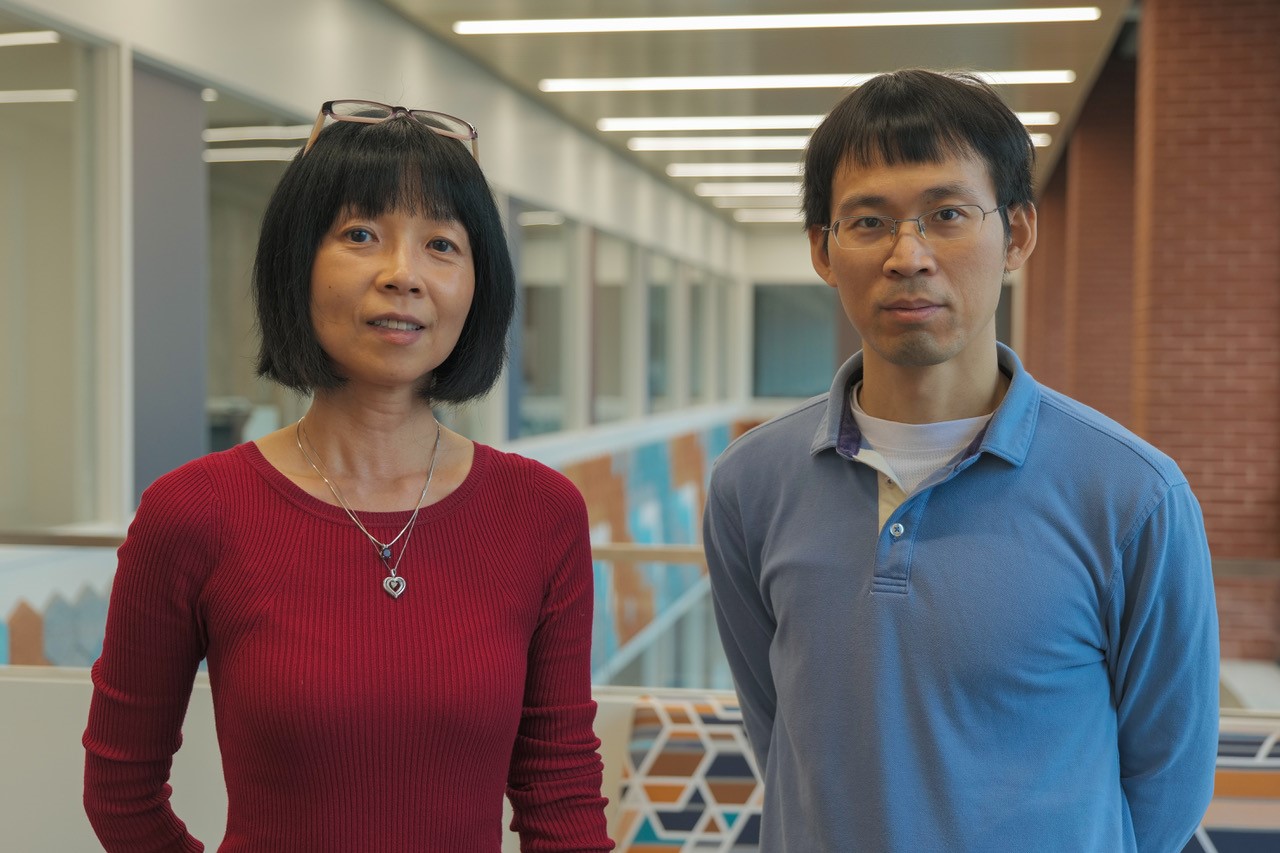COSAM News Articles 2020 February Physics Post-Doc Analyzes Data to Provide Insight on Solar Winds and Magnetosphere
Physics Post-Doc Analyzes Data to Provide Insight on Solar Winds and Magnetosphere
“Through my work, I help provide a better picture of how solar winds impact the Earth,” shared Dr. Feng Shi, a post-doctoral student in the Department of Physics.
Dr. Shi earned his doctoral degree at Auburn University working with Dr. Yu Lin. He completed a post-doc at the University of New Hampshire, and then he returned as a post-doc at Auburn University extracting data from space plasma simulations for this project. He analyzes data and compares that information to the simulations of solar wind conditions that Dr. Lin created for her research.
“For me, the rewarding part of being a postdoc is being able to learn about the various processes to set up the simulations and analyze the global effects that cannot be achieved even using the most up-to-date satellite fleets,” Dr. Shi added.
He analyzes large amounts of data and then shares his findings with Dr. Lin.
“Since I worked with Dr. Lin as a graduate student, I value my relationship with her and can discuss my findings and offer insight to the meaning behind the numbers,” Dr. Shi said.
Dr. Lin shared her enthusiasm for the post-doc.
“I am very excited about Feng’s simulation results, which shows for the first time in a global simulation how the ultra-low frequency waves inside the magnetosphere are linked to the Earth’s bow shock and the solar wind,” said Dr. Yu Lin, alumni professor in the Department of Physics. “He continues to do excellent research since being a graduate student!”
Dr. Shi received funding for his work through an EPSCoR grant.
“I look forward to presenting results at conferences as well as publishing high-impact papers in the plasma community with Dr. Lin,” he added. “I enjoy working with her and I have enjoyed the chance to continue my research here at Auburn.”
Brief background introduction from the publication:
The Earth’s magnetic field and solar wind interact with each other to form a closely-coupled, globally interacting system, which consists of low-density, electrically-charged gases immersed in the geomagnetic field, and the processes which control their characteristics are governed by the laws of plasma physics. The solar wind supplies energy and plasma source to maintain the whole system, and the terrestrial magnetosphere provides plasma entry into the ionosphere. Moreover, the Earth’s ionosphere is also constantly subject to the electromagnetic waves propagating from the magnetosphere, and thus plays an important role in the modulation of most wave modes of propagation. Of these, the ubiquitously existing large-amplitude ultralow-frequency (ULF) magnetohydrodynamic (MHD) oscillations in the magnetosphere are of great importance, because the study of the sources and characteristics of the magnetospheric ULF waves can help us better understand the interaction processes between the solar wind and the magnetosphere-ionosphere system.
Latest Headlines
-
04/23/2024
-
04/18/2024
-
04/18/2024
-
04/18/2024
-
04/17/2024

